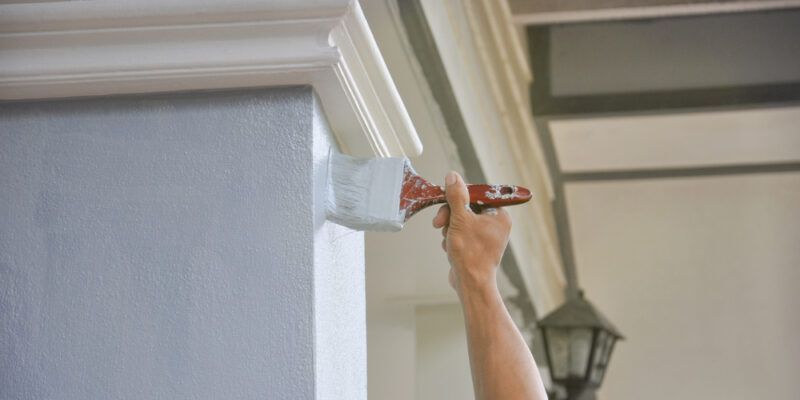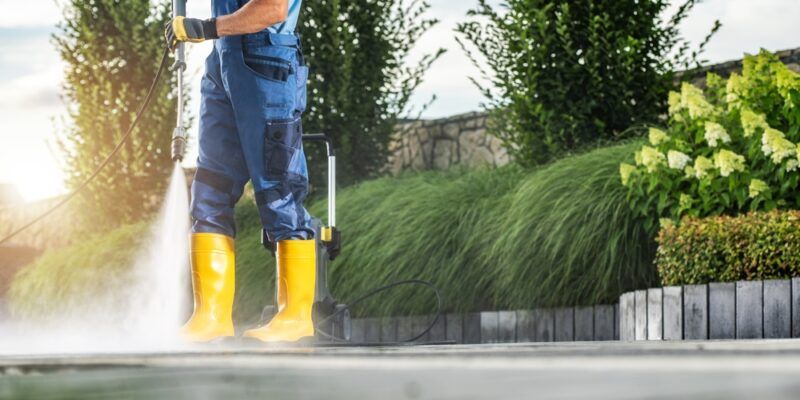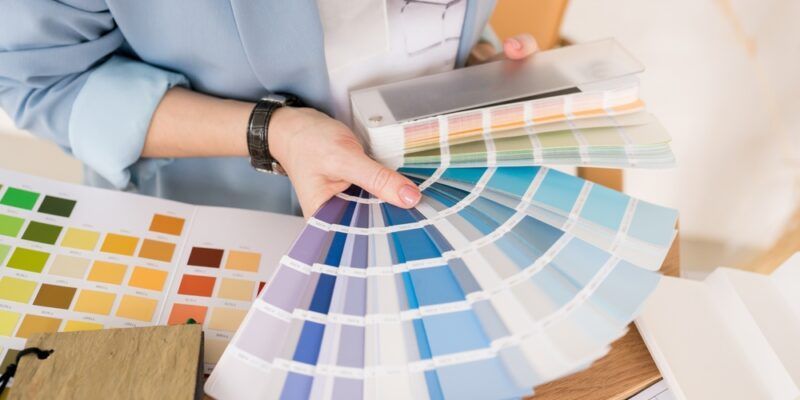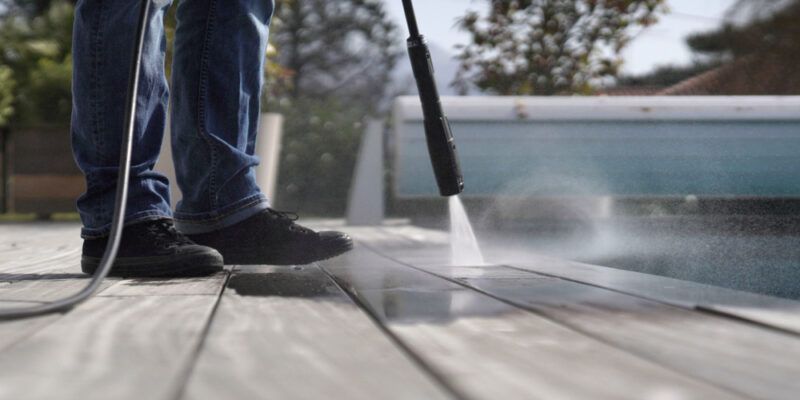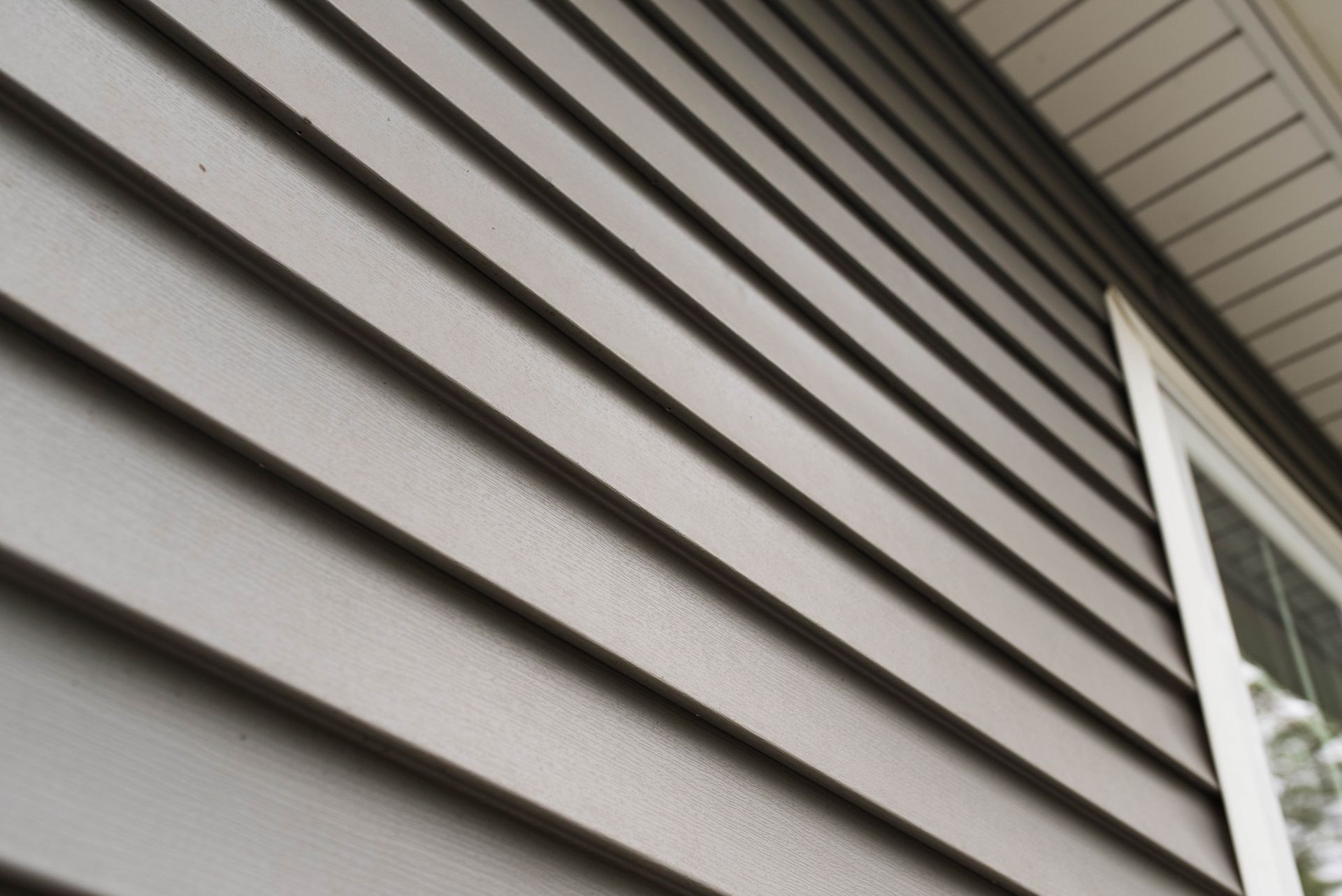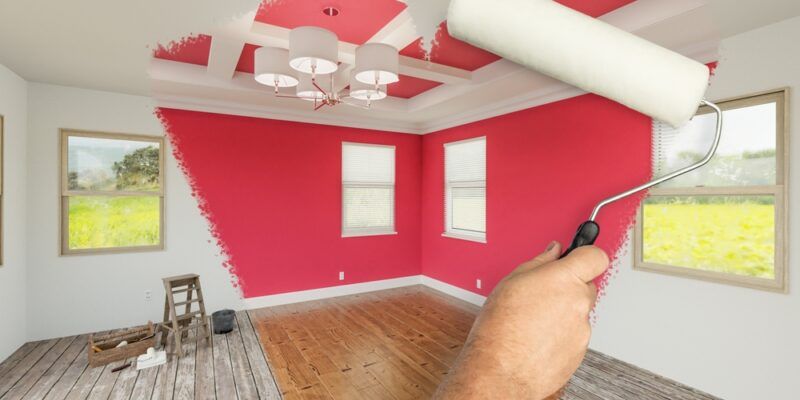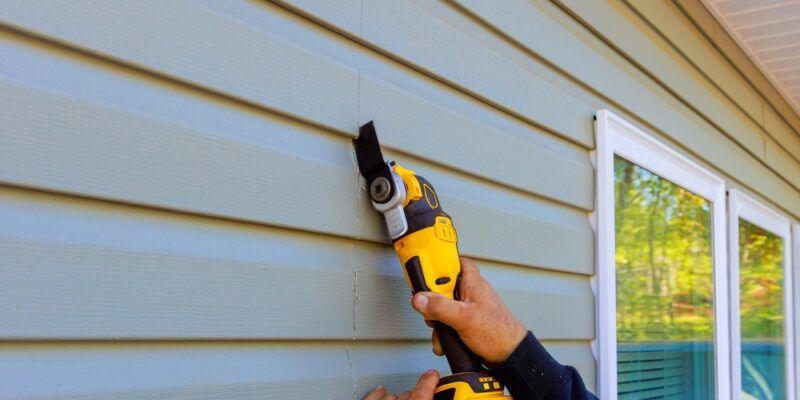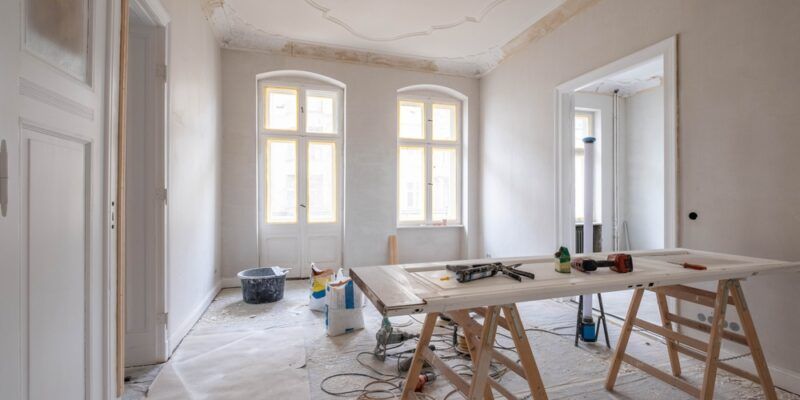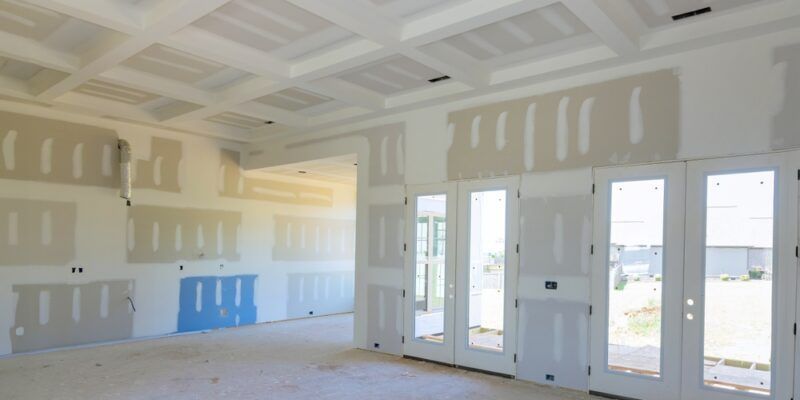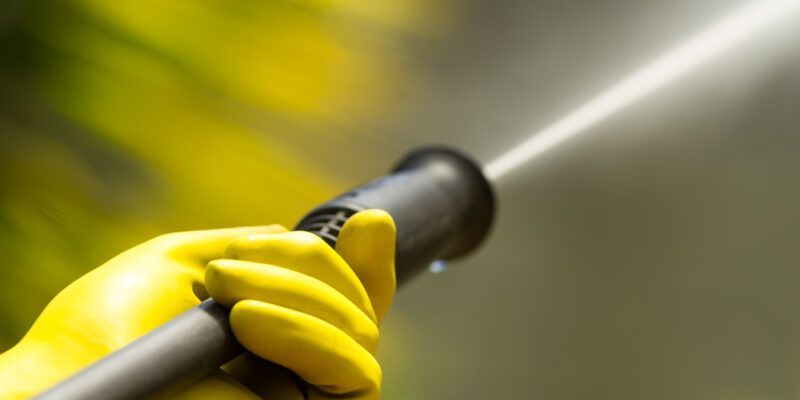Best Ways to Utilize Textured Paints for Your Home’s Interior
One of the hottest interior paint trends in recent years is adding paint textures. These provide a unique and interesting touch to any home’s style. A bonus benefit is that textures can cover up imperfections, as well as drywall seams. This guide will show you how to best incorporate textured paints into your home.
Textured paint types
The grades of paint textures range from coarse to very fine. These textured paints may be used on walls and ceilings, with some being specifically designed for one of these particular uses. The following texture styles are common:
- Popcorn texture: While this isn’t as popular as it used to be, popcorn texture utilizes a heavy, puffy texture that acts as a kind of soundproofing. Also known as acoustic drywall texture, this look is achieved via a joint compound that’s combined with larger pieces like Styrofoam. One drawback of popcorn texture is that it’s difficult to remove.
- Sand texture paint: This technique uses an extra-heavy-bodied finish that adds a gritty texture to either walls or ceilings. It’s usually accomplished via adding a silica sand additive to regular paint.
- Orange peel texture: A popular technique these days, orange peel texture creates a subtle splatter look when plaster is sprayed onto drywall. This layer makes the drywall more durable against dents, cracks and other damage. The appearance resembles an orange peel’s soft bumps.
- Smooth texture paint: This paint includes a light texture that mimics stucco or plaster. Despite its name, this paint is not smooth. Due to the heaviness of this paint, it’s typically applied with a putty knife or trowel.
- Knockdown texture: To create this look, a joint compound is used on the walls or ceiling and is then smoothed into peaks using a knife. The result is a marble texture and is most typically used on ceilings.
How to do basic types of painting textures
If you’re doing interior painting yourself, you may want to use a joint compound or drywall mud, both of which are more forgiving. The compound’s longer drying time will allow you to wipe it away and begin again if you choose to do so.
Other options include using a texture sprayer, a sponge or a roller. Which you use will depend on the type of texture you’re going for. You’ll want to make sure to clean your walls thoroughly before beginning any textured painting project. Of course, you could always leave this difficult and delicate work to the professionals.
Want to invest in paint textures for your home and keep your style in line with interior paint trends? Turn Fresh Start Painting Inc. , a family owned and operated painting contractor with more than two decades of experience. We offer a wide range of services for all our residential and commercial customers. We do it all, from interior and exterior painting to pressure washing, drywall repair and more. Get in touch with us today to learn about how we can help you with all your painting needs—we’d be glad to provide an estimate for your project!
